Any flag that represents a subset or element of the LGBT community is considered a pride flag. In this context, “pride” alludes to the idea of homosexual pride. Queer flag and the LGBT flag are frequently used interchangeably.
Table of Contents
Agender Pride Flag
People who describe themselves as gender-neutral or non-binary. Literally, the word “agender” means “without gender.” Agender people can express themselves in any way and can use any set of pronouns or none at all.
The Agender flag was designed in 2014 by Salem X and contains seven horizontal stripes. The Agender group was represented through the creation of the flag. Agender people may identify as being gender-neutral, gender-neural, or neutrois, or they may opt not to assign a gender to themselves.
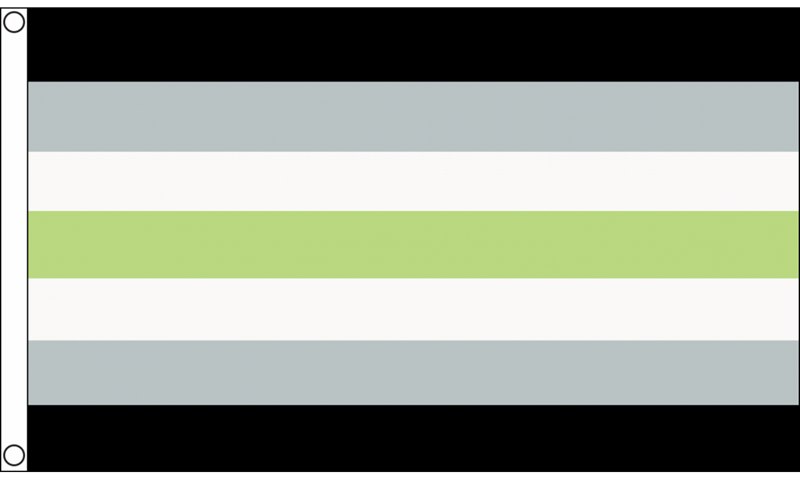
Black: Symbolizes a lack of gender
White: Denotes a lack of gender.
Grey: Symbolizes a genderless quality.
Non-binary genders are represented by green.
Ally Pride Flag
Those that support the LGBTQA+ community while not being a member of it. The exact date of creation of the Ally flag is uncertain, however it was probably in the late 2000s. Straight allies are heterosexual and/or cisgender individuals that support LGBTQA+ social movements, civil rights, gender equality, and oppose homophobia, biphobia, transphobia, and other forms of prejudice against the LGBTQA+ community.

As “a” is the word’s initial letter, “A” stands for allies.
LGBTQA+ community is represented by the rainbow colour scheme.
Represents heterosexual and/or cisgender individuals are black and white bars.
Aromantic Pride Flag
Someone who does not, or who does so quite differently from what is typically considered, experience romantic attraction.Green, yellow, orange, and black made up the four stripes of the original aromantic pride flag. Orange because it was between yellow and red (for grey-romantics), green because it was the antithesis of red (the colour of romance), black because it was for alloromantics who don’t believe in conventional notions of romance, and yellow because it was inspired by yellow flowers, which stand for friendship. When and who developed this flag are unknown.
The second aromantic pride flag included a five-stripe pattern in the colours black, dark green, light green, yellow, and grey. On February 7, 2014, Australian Tumblr user Cameron (@cameronwhimsy) posted this design. The second flag’s yellow stripe is replaced with a white stripe in the third and most recent design, which is the one flown by the GSRC. Cameron also created the design for this flag, which they updated on November 16, 2014.

Aromanticism is represented by dark green.
The colour light green symbolises the aromantic spectrum.
White: Symbolizes queer/quasi-platonic partnerships, platonic and aesthetic attraction.
Grey: Symbolizes depressive and grey-aromantic persons.
Black: Represents the range of sexual orientations.
Asexual Pride Flag
Not being sexually attracted to anyone of either gender.
The asexual flag was created as a result of an online competition organised by the AVEN (Asexual Visibility and Education Network) to design a pride flag for those who identify as asexual. User “standup” of AVEN posted the winning artwork on June 30, 2010. The same hues that make up the AVEN emblem, black, grey, white, and purple, were used for the background.
Asexuality encompasses a wide range of various asexual identities.
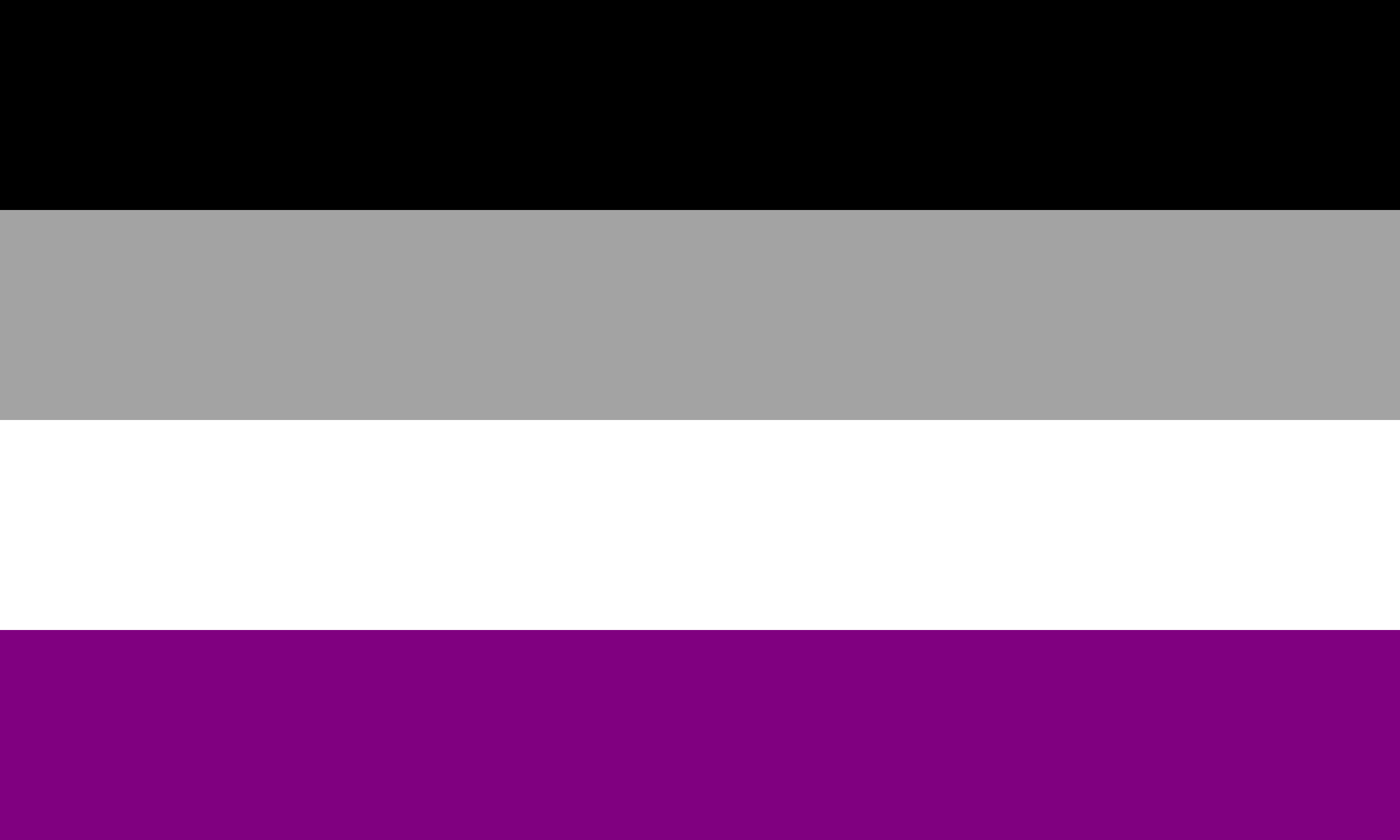
Asexuality: Black
Asexuality and demi-sexuality in the grayscale
White: Allies and lovers that are not gay
Color Purple: Group
Bisexual Pride Flag
Two genders’ mutual physical or romantic attraction. The Greek prefix “bi” means “two,” and that is where the word “bisexual” originates. Michael Page designed the bisexual pride flag in 1998 to set the group apart from the homosexual community and the rainbow flag. After leaving the nonprofit BiNet USA, Page made the decision to start it. On December 5, 1998, the flag was revealed at a celebration for BiCafe’s (an early bisexual online site) first birthday.

Butch Lesbian Pride Flag
A female with a strong preference for other females with the more stereotypically “masculine” physical look. Tumbler user dorian—rutherford designed the initial butch lesbian pride flag in 2016. Because of the lipstick lesbian flag’s overt femininity, the flag was created for lesbians who do not identify with it. Although the first post was removed from Tumbler, it eventually turned up on DeviantArt.com. In order to symbolise butch optimism, tumbler user butchspace produced a different version of the butch flag in 2017. The butch lesbian flag is still steadily gaining popularity in the community in both of its iterations.
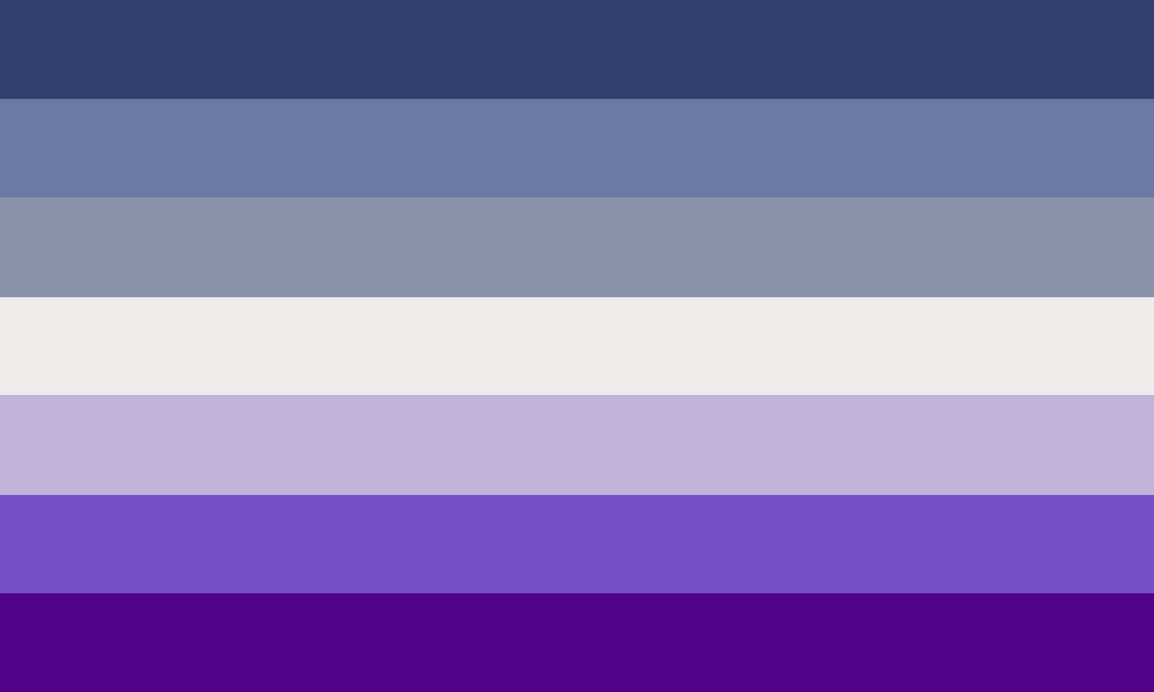
Blue is a symbol of masculinity.
White: roughly speaking, it represents individuals from all genders and sexual orientations.
Women and lesbians are represented by the colour purple.
Colorado Pride Flag
The rainbow stripes from the LGBTQA+ pride flag are combined with the original Colorado state flag to create the Colorado Pride Flag. However, the “C,” golden disc, and colours were not made explicit until 1964. Since 2016, the flag’s popularity has grown quickly. You may see it during neighbourhood pride marches. Many additional U.S. states have their own versions of their state flags with rainbow colour added to commemorate LGBTQA+ Pride, in addition to the Colorado LGBTQA+ Pride Flag.
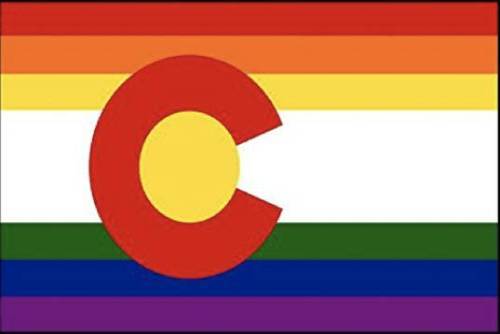
Blue: The colour of the sky.
White: Symbolizes the mountains covered in snow.
C stands for Colorado.
Red: To represent the clay in the soil.
Yellow: To represent Colorado’s abundant sunshine.
Demisexual Pride Flag
Having a strong emotional relationship with someone before experiencing sexual desire. included in the larger asexual group.
The word “demisexual” was first used in 2006 on The Asexual Visibility and Education Network (AVEN) forums by user “sonofzeal,” and it began to receive wide acceptance in that year. The term “demisexual” helped “Sonofzeal” more appropriately express his requirement for an emotional as a precondition to sexual attraction because he didn’t feel entirely either absolutely asexual or completely non-asexual.
The origins of the demisexual flag are unknown, however its colour scheme is very similar to that of the asexual flag, which itself took inspiration from the AVEN emblem. As the asexual group continues to become more apparent, the flag’s popularity grows.
Asexuality: Black
Asexuality and demi-sexuality are grey.
Black: Sexuality
Color Purple: Group
Genderfluid Pride Flag
People with gender expressions or identities that are variable or fluid in nature. JJ Poole developed the genderfluid pride flag in 2013. The flag was designed to signify those whose gender identity and/or expression are fluid and may change over time or in various contexts.
The gender fluid community, as well as the diversity of gender fluidity, is symbolised by the flag’s five horizontal coloured stripes. People who identify as genderfluid may also belong to the non-binary community, the transgender community, or the multigender community. People who are genderfluid may use a variety of pronouns, gender identities, or expressions that occasionally change, change often, or change in a predictable manner.

Pink: Is the colour of femininity.
White: White symbolises a lack of gender.
Purple: This colour combines masculine and femininity.
All genders, including those that don’t correspond to femininity or masculinity, are represented by the colour black.
Color blue: Symbolizes masculinity.
Polyamorous Pride Flag
The capacity to love more than one person and/or engage in more than one relationship with their agreement. Jim Evans, who sought to develop an anonymous symbol for the polyamorous group that could be recognised and shared by those who knew the symbol, designed the initial polyamorous pride flag in the Pacific Northwest in the first few weeks of the 1995 autumn season. The flag gained popularity and widespread use as a result of people learning about it after the invention of the internet.
The University of Northern Colorado Poly Community designed a modified version in 2017 that substitutes the infinite hearts symbol, a well-known emblem of the polyamorous community, for Evans’ original pi symbol.
Blue: Symbolizes the transparency and sincerity of all parties to the interactions.
Red: Stands for passion and love.
Black: Shows support for people who are forced to keep their polyamorous relationships a secret from the public.
Yellow: The importance accorded to emotional ties to other people.
Infinite love for many partners at once is symbolised by the infinity heart symbol.
If you liked our article, try the Evolve App to help you move on and focus on your growth. Evolve has a range of guided audios that help you proactively manage stress, reduce anxiety and make mindfulness light and joyful, so you can be balanced at anytime! The Evolve app is now live globally on Android and Apple. Click here to try it for free!
Co-founder and brains at LeapX by C32 Media Labs
Mail at sarah@c32.media to connect with her.